I would very much like the world to see me as I am, a man of integrity and decency. I am grateful to the omnipotent God for my fame, for it is only to Him that I owe everything. My sole wish is to offend neither my neighbour, nor my gracious Prince, and still less would I want to disappoint my all-merciful Lord, wrote Joseph Haydn in the year 1776. These words are often quoted, commenting that Haydn used them in an authobiographical essay, destined for the almanach “Das Gelehrte Österreich” (Learned Austria). However in this case it could lead to a conclusion that they are directed at the “whole world”, and one could be tempted to see in them something of a declarative statement, creating an image flattering to the composer. That is unlikely to be a correct interpretation. Haydn submitted his autobiography to the publishing house through a certain Mademoiselle Leonore; his letter commences with an agitated apology addressed to this lady: the composer begs her forgiveness for his awkward language and lack of eloquence, since he had very little time to write that note; further followed by a brief text about his life’s events and his main works; as for the adduced quote, it is an ardent closure, again addressed to ‘mademoiselle’ and destined rather for the eyes of the editor than for the whole wide world. It is devoid of affectation, the trait absolutely alien to Haydn: it is a completely sincere confession. Moreover, Haydn generally produces the impression that one is actually left with after reading these humble phrases. He is usually seen as a modest and good man, who at the very same time was “one of the greatest geniuses of the 18th century, that golden age of music” (Stendhal); as a man with a wonderfully clear, harmonious and intergral inner world; a man whose wisdom and sensibility are only enhanced, softened by his good-natured humour.
Tracklist
Please note that the below previews are loaded as 44.1 kHz / 16 bit.Total time: 00:55:08
Additional information
| Label | |
|---|---|
| SKU | CM0042006 |
| Qualities | |
| Channels | 2ch Stereo, 5 Channel Surround Sound, 2ch Stereo & 5ch Surround |
| Artists | |
| Composers | |
| Genres | |
| Recording Software | Merging |
| Recording Type & Bit Rate | DSD64 |
| Recording location | 5th Studio of The Russian Television and Radio Broadcasting Company, Moscow |
| Recording Engineer | Erdo Groot, Roger de Schot, Sebastian Stein |
| Producer | Michael Serebryanyi |
| Microphones | Neumann KM 130, DPA 4006, 4011 |
| Digital Converters | Meitner design |
| Original Recording Format | |
| Instruments | Bassoon, Flute, Harpsicord, Horn, String trio, Double bass, Oboe, Percussion, Trumpet |
| Release Date | September 11, 2015 |
Press reviews
Audiophile Audition Review: If Haydn Had Written for Oboe
I’ve come to appreciate the intriguing concept albums this label puts together, right down to the appealingly minimalist cover designs and maximalist booklets.
Until recently, Caro Mitis was a label known to me only by name. But I’ve come to appreciate the intriguing concept albums this label puts together, right down to the appealingly minimalist cover designs and maximalist booklets, with lots of tightly cropped photos of the performers running down the margins. While some record companies are scrimping today on design, Caro Mitis seems committed to going the whole hog, which wouldn’t be much of an enticement to sample unless the company had musically compelling fare to offer. And it does.
In the case of the disc under review, the concept is a kind of negative one: even the “if” in the title is not entirely accurate because Haydn did write for oboe solo. Sort of. However, his one work spotlighting oboe, the Sinfonia Concertante, has that instrument sharing the stage with three other soloists. So the notes to the recording explain, “The present disc is far from being the collection of Haydn’s works for oboe, but rather an endeavor of a talented oboe-performer (Alexei Utkin) in love with Haydn’s music to imagine how this composer could have written for the instrument.” Thus we have, in addition to the Sinfonia, an early trio in which the original violin part has been transcribed for oboe d’amore and a spurious but pretty wonderful concerto for oboe and orchestra.
The notes to the recording have a good deal of interesting background information on the Sinfonia Concertante. Haydn was dragooned into writing it when the impresario Johann Salomon, who arranged the series of concerts that produced Haydn’s twelve London Symphonies, learned that a rival series called the Professional Concert was about to introduce a sinfonia concertante by Ignace Pleyel. Pleyel is one of those mostly forgotten composers who are now getting a new lease on life through recordings. But around 1800, as Haydn’s career was nearing its close, Pleyel’s was still on the ascent: he was widely considered the most important composer in Europe. Certainly by 1792, when the friendly rivalry between Haydn and Pleyel took place in England, he was considered significant enough to go head to head with the reigning European master. I say “friendly rivalry” because Pleyel, who was a former pupil of Haydn’s, managed to stay on good terms with the older composer throughout his life.
Whereas Pleyel was a virtual sinfonia concertante factory, turning out a number of these Baroque-inspired works for various combinations of instruments, Haydn produced only the one he wrote for the Salomon concerts. It has always gotten mixed reviews. When it was premiered, it was not the great hit that Haydn’s London symphonies were, and it is another of those almost forgotten pieces that got a reprieve through the recording studio. Today, though it is widely performed, it is still controversial. Some critics think it is as fine as Mozart’s famous works in the form; others think it is lesser Haydn at best. I’ve always been partial to the work, which makes its points very compellingly in a performance like the one from Utkin and the Hermitage Chamber Orchestra. By the looks of the photo in the booklet, this is a prevailingly young ensemble, and they play with the enthusiasm and spirit of youth, as well as a good deal of technical polish. Tempi are mostly faster than I’ve heard elsewhere, even from original-instrument bands such as the Orchestra of the Age of Enlightenment (Virgin). All to the good, I say. The work unfolds excitingly in the Hermitage’s performance.
One curious feature of the performance, however, is the inclusion of the harpsichord. I’ve never heard the work played with this old-fashioned continuo instrument in place, and I’m stumped as to why it’s here. Now, some recordings of the London Symphonies have included harpsichord continuo, probably taking their cue from the keyboard obbligato in the finale of Symphony 98. Here, harpsichordist Haydn and violinist Salomon got to show off their talents for the delectation of the first London audiences. But most critics dismiss the inclusion of the harpsichord in late Haydn as a silly anachronism. In the current performance of the Sinfonia, I don’t find this inclusion obtrusive or quaint. It works for me, but then I’m not doctrinaire about the whole continuo issue. You can judge for yourself.
The Divertimento, a work from the early years of Haydn’s employment at the Esterházy palace, is a charming interlude between the major works on the disc. Since it isn’t widely known in its original incarnation for violin, cello, and harpsichord, I don’t see how there can be any objections to Utkin’s transcription for oboe d’amore. As the notes explain, the main pitch of the oboe d’amore is A major, the key the work is written in—further justification, if any is needed beyond the lovely playing of three performers.
That leaves the Oboe Concerto, a work attributed to Haydn because his name appears on the original manuscript. This is probably a ploy to capitalize on the composer’s fame. It is decidedly not by Haydn, though it’s still recorded under his name. Caveat emptor. Actually, Haydn’s work or not, it’s a strong piece, with a lively, fetching last movement that combines elements of variations form with a rondo. This is very, very good music whoever wrote it. Again, Utkin is in excellent form, as is the orchestra, all captured in nicely detailed, atmospheric sound.
As with other Caro Mitis recordings, I’m grabbed by the cover art, a drawing of a gentleman and lady out for a stroll by 18th-century Scottish artist John Kay. It couldn’t be more appropriate.
Class
Caution: it’s not quite as the title suggests because Haydn has entirely composed for oboe. However, it becomes clear that this was not exactly his favorite instrument. In fact, there is not a single work from his pen in which the oboe is the only solo instrument shown in close-up, so to speak.
In the symphony concertante in B flat major, she must share the solo role with violin, cello, and bassoon. The Concerto for Oboe and Orchestra in C major, as we now know, was not written by Haydn at all, but by one of his students,
The Divertimento in A major for harpsichord, violin, and cello, the oboe d‘amore wonderfully replaces the violin in this recording.
ClasicalCDreviews: Joseph Haydn. IF HAYDN HAD WRITTEN FOR OBOE, volume 1
Here’s another delectable SACD from Caro Mitis—oboist Alexi Utkin playing music of Haydn, one of his favorite composers. The Oboe Concerto actually wasn’t written by Haydn although attributed to him, the oboe plays a relatively insignificant part as one of four soloists in the well-known Sinfonia concertante, and the oboe d’amore here replaces the cello in the Divertimento. Exquisite performances, beautifully recorded. The only negative feature is the relatively short playing time of the disk (55:14).
Only logged in customers who have purchased this product may leave a review.

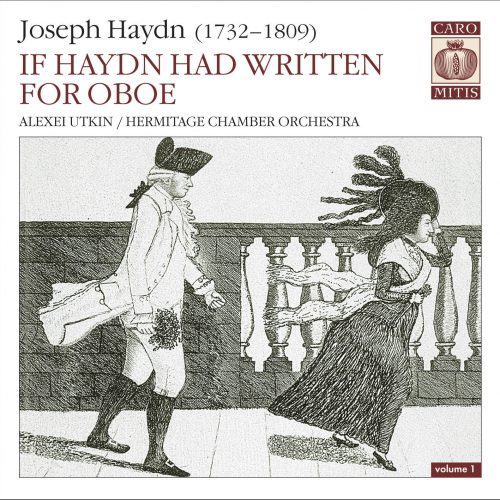
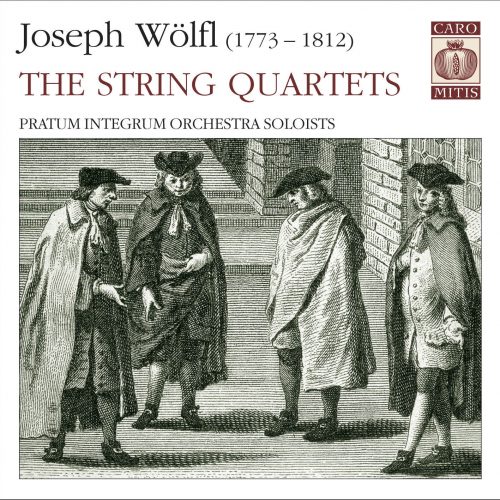
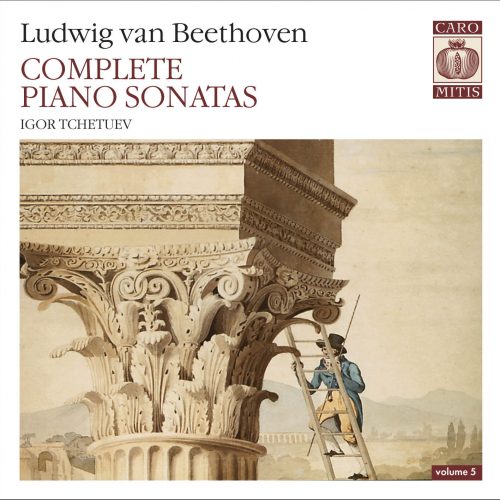
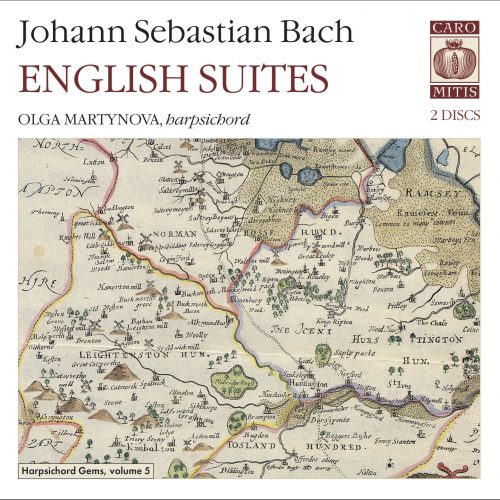
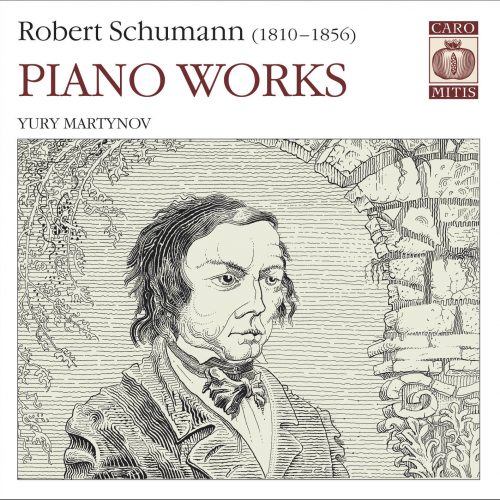
Reviews
There are no reviews yet.